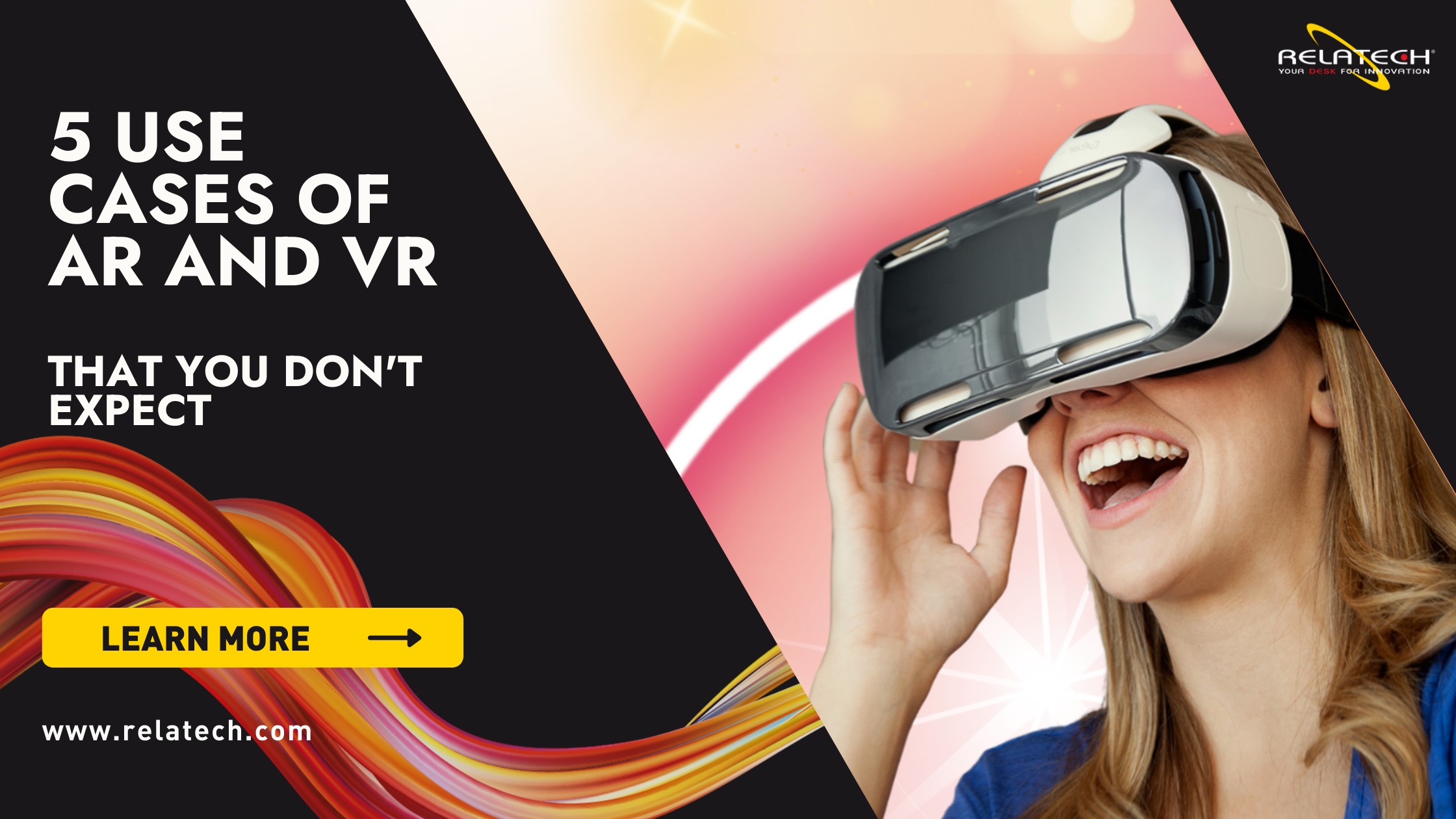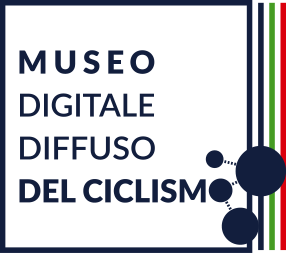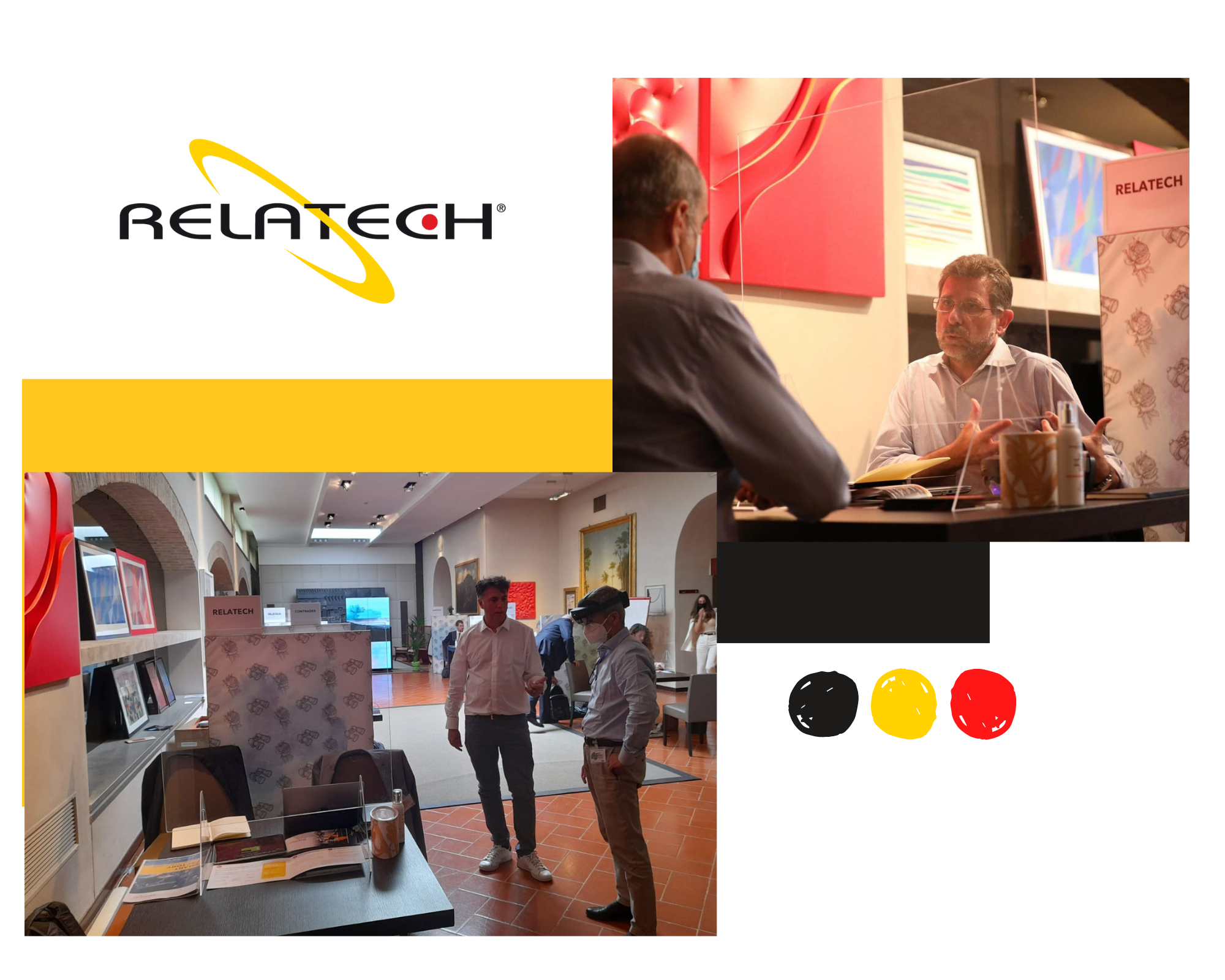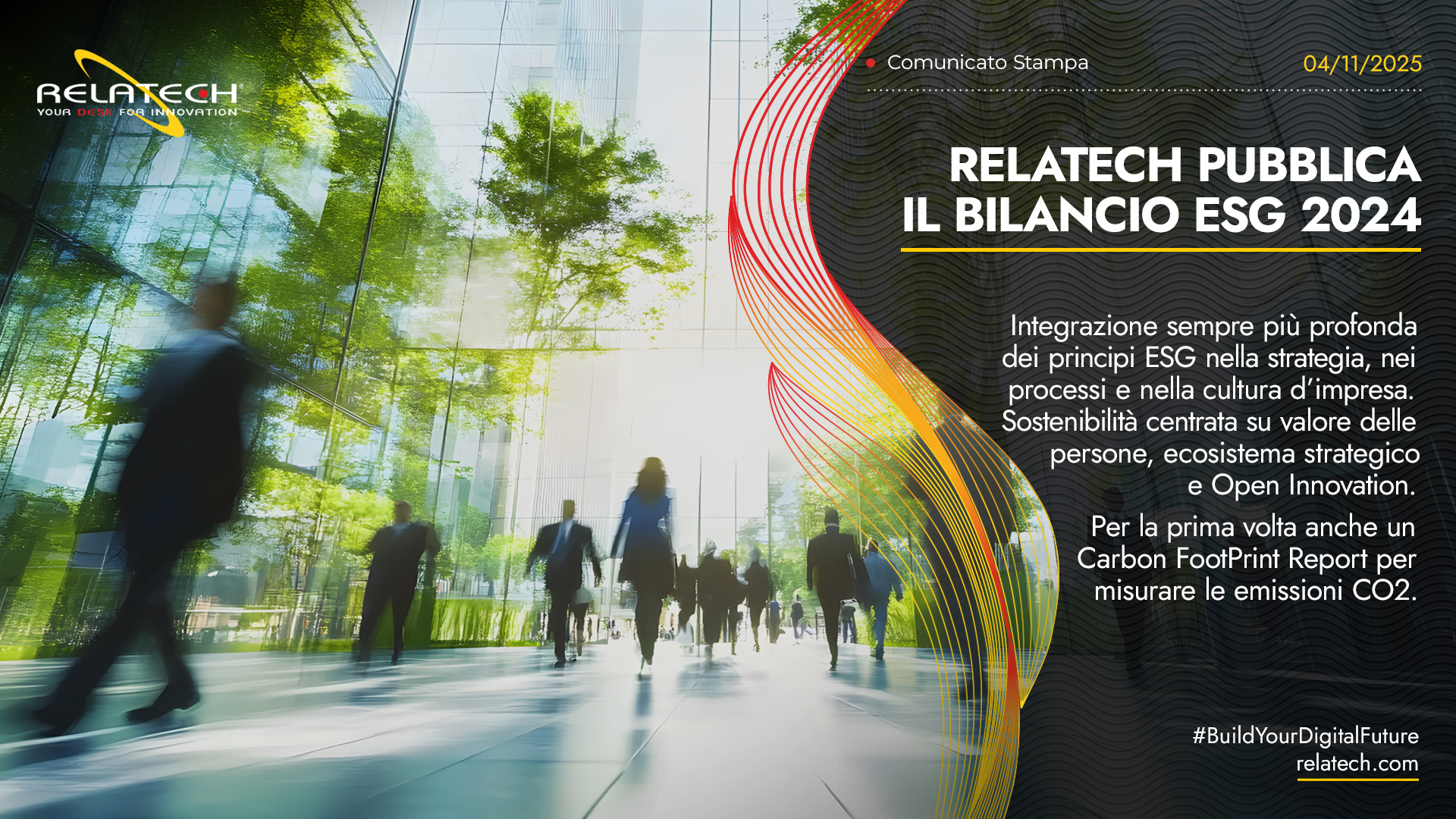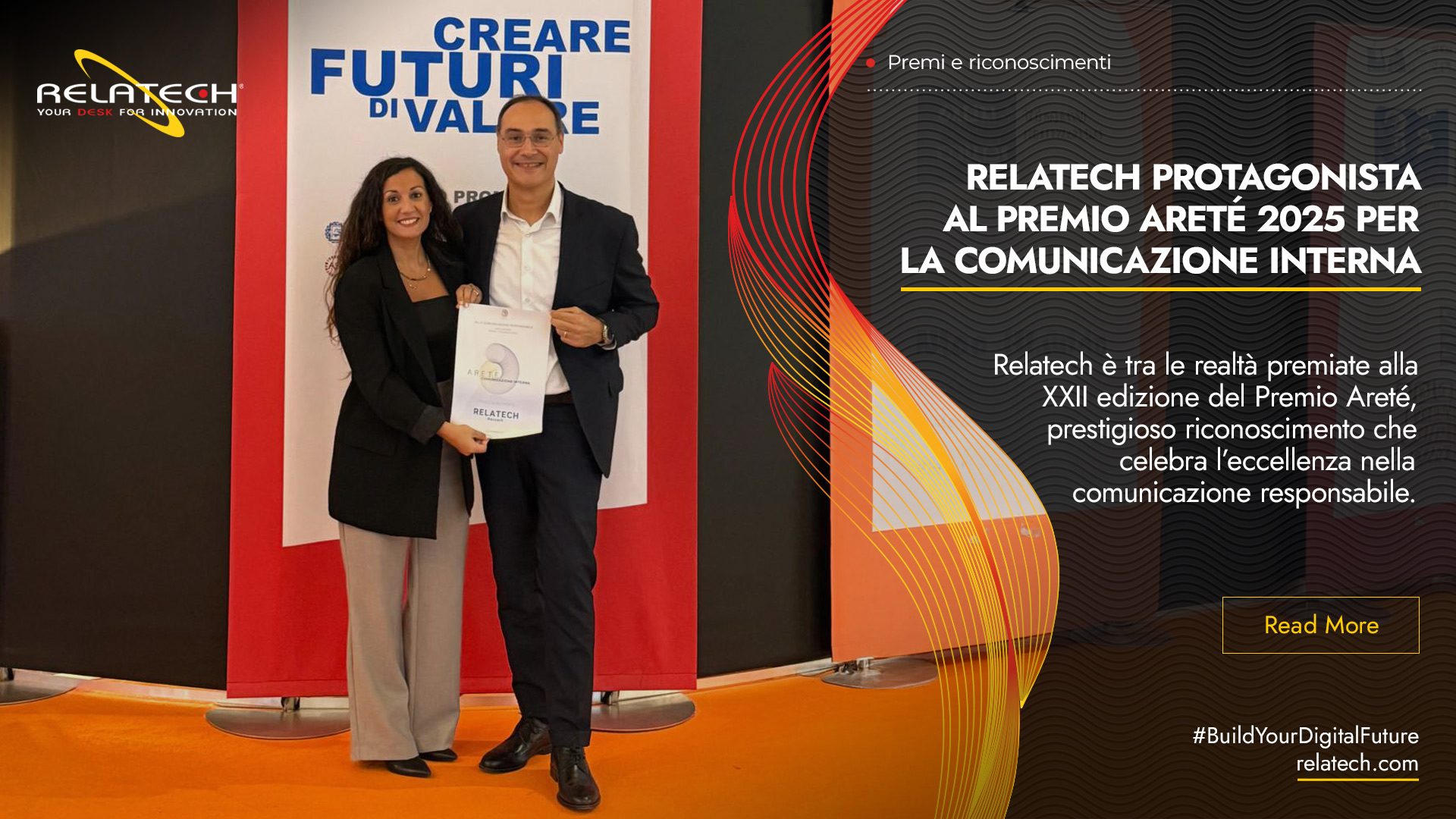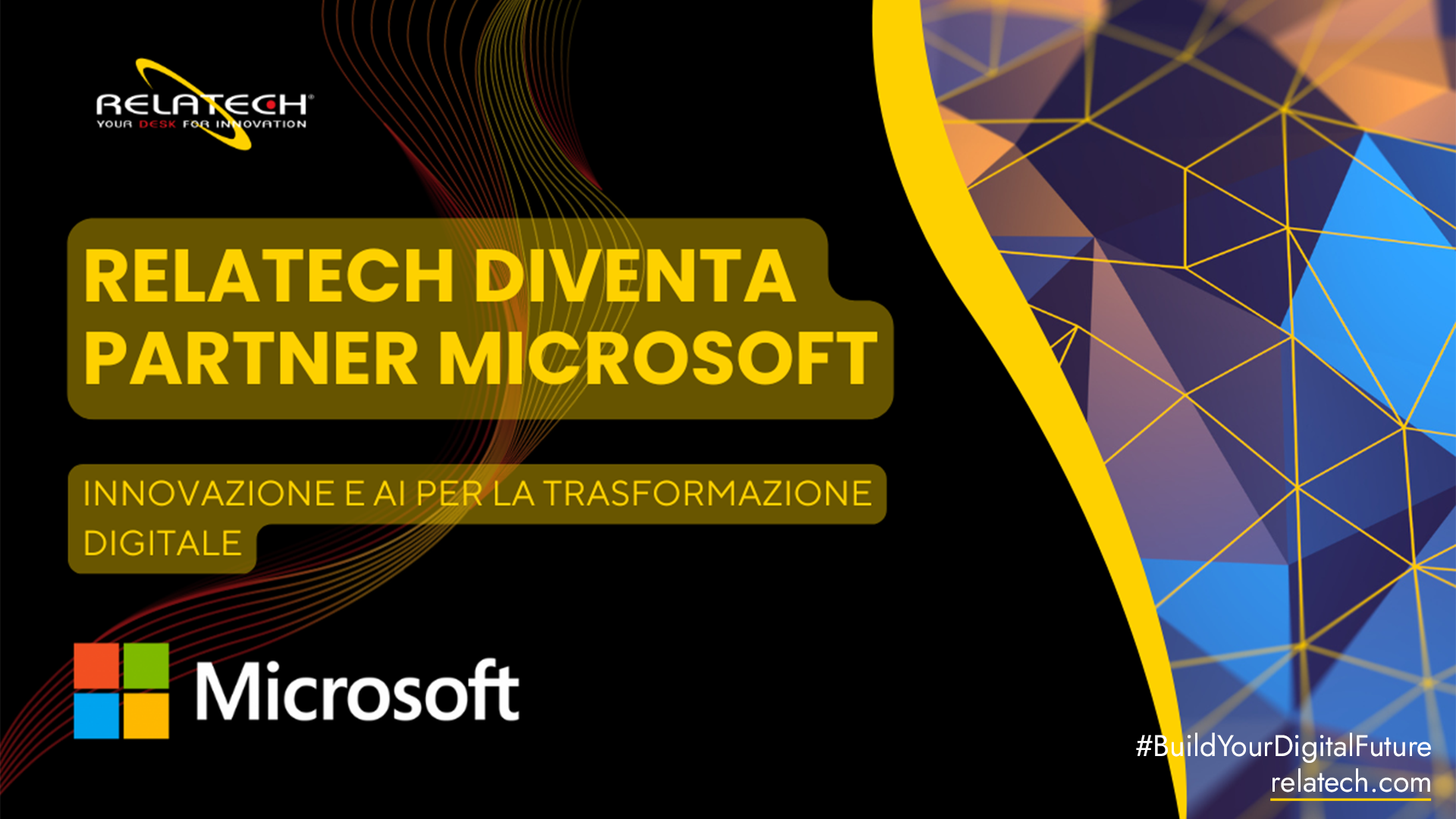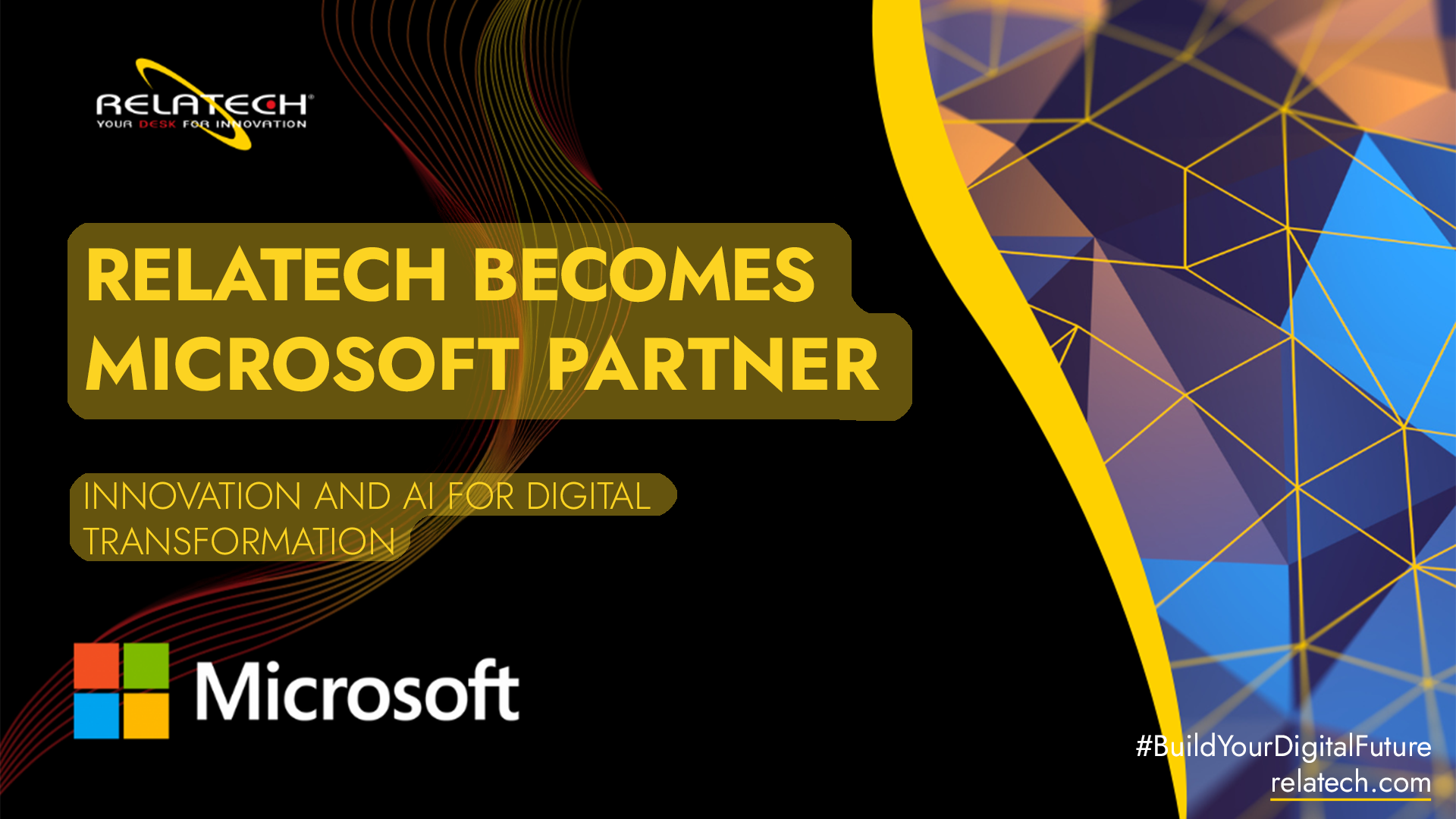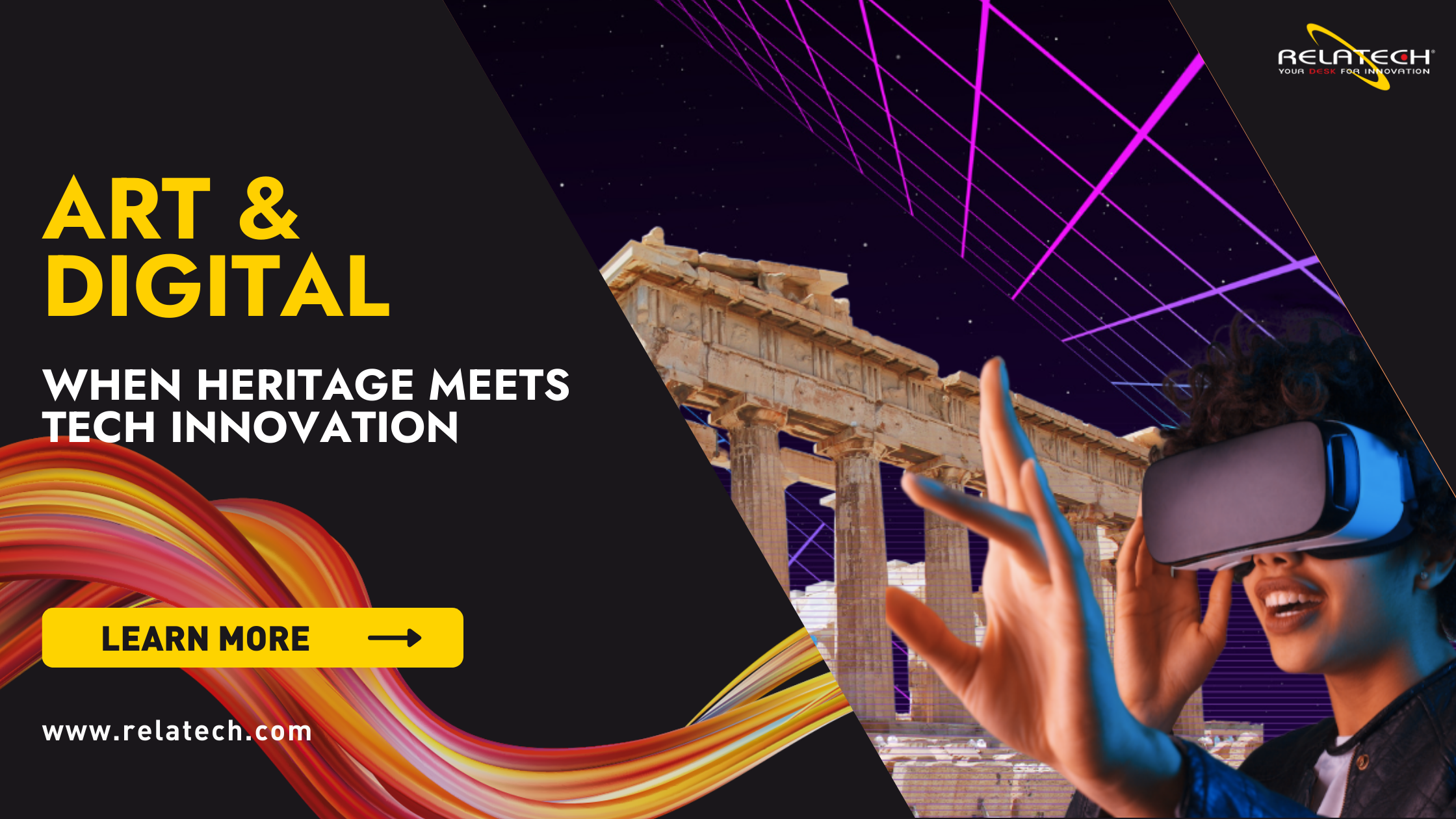"What does real mean? Touching, smelling, seeing, hearing are simple electrical signals sent by the brain" (from the matrix film).
FROM SCIENCE FICTION TO REALITY
We are in the era of the fourth industrial revolution. The new technological revolution that will radically change our approach to reality.
DIFFUSION AND EXPONENTIAL GROWTH
IDC (the world's leading company in market research in the IT sector) predicts that by the end of 2022, the European market's spending on AR and VR services could grow to 20 billion euros, with a growth rate of 74% compared to the previous two years.
With reference to the Italian market, Assintel in the 2020 Report predicts an exponential growth in the use of emerging technologies, in particular, investments in augmented and virtual reality solutions will rise by 160.5% compared to the previous year.
PRESENCE
In order tofully grasp the scope of this technological evolution, compared to other important revolutions that have marked the history of humanity, it is necessary to think of VR not only from a technological point of view, but above all psychologically based on human experience.
A fascinating and paradoxical aspect of this phenomenon is the psychological concept of presence.
Feeling part of an artificial space does not depend exclusively on the degree of fidelity with which technology is able to represent spaces and stimulate our senses to simulate the physical world, but also depence from the narrative content of the simulation and on the level of cognitive and emotional involvement that this content is able to generate in the user.
The main point of evolution's concept of virtual interaction takes place within the metaverse: a three-dimensional virtual space in which users can interact through their avatar (metahumans) with people, environments and objects present in it. The metaverse works based on AR and VR technologies, which allow users with ultra-fast connections to exploit their full potential.
But what are the areas in which AR and VR are already today, bringing considerable added value in terms of efficiency?
VR AND THERAPY
The so-called cybertherapy allows you to carry out the rehabilitation exercise in a setting that reproduces the exact same characteristics of the living environments, in order to stimulate the patient's multisensoriality, gradually adapting the exercises dynamically with respect to the skills acquired, with the use of tools that allow you to constantly monitor performance.
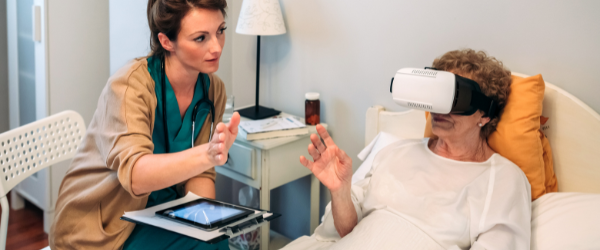
VR AND PREGNANCY
Thanks to the combination of multiple 2D images revealed with magnetic resonance imaging and the use of a virtual reality viewer, the doctor is able to see the fetus in 3D during its growth: these images make it easier and more detailed to study its anatomical structures, as well as the detection in time of any anomalies of the internal organs. This technology represents an evolution compared to the classic ultrasound.
.png?width=600&name=Copia%20di%20Banner%20blog%20(1).png)
VR AND TRAINING
The potential of virtual reality can also be profitably exploited in medical training.
For example, you can simulate an operating room that medical staff can access even before performing a risky surgery. It is also possible, thanks to a 3D virtual reality camera positioned in the operating room or on the doctor who is operating, to allow other people to attend the operation itself. Incredible, isn't it?
In the same way pilots of aircraft, military and other highly specialized profiles can learn their trade through simulated spaces of the reality in which they will operate. In general, this kind of training is very useful for who works in areas where a small mistake can cause lose of life.
These simulated spaces of reality are so immersive that they also allow to obtain certifications to those who carry out courses in this mode.
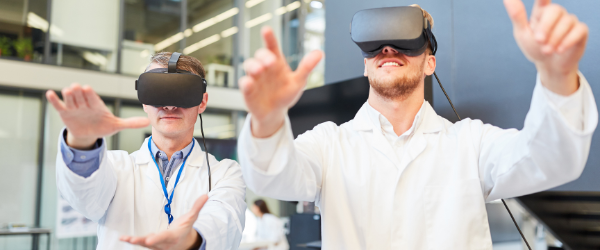
VR AND AR IN INDUSTRY
Imagine to be a manager of a large company, and we have to take decision to invest or not in a big machinery to increase production.
Thanks to VR it is possible to build a virtual model with the same characteristics of the machinery useful for our purposes. In this way it is possible to predict the operation and understand how the staff who works in the company will interact with it. But it doesn't end there!
Suppose you have decided to purchase the aforementioned machinery, and after a certain period of time, a malfunction is detected.
Thanks to AR technologies, the specialized technician can intervene remotely by providing the line staff with all the necessary information in order to solve this problem, without necessarily going to the site.
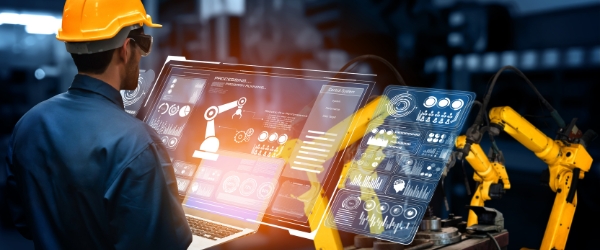
EXPERIENTIAL MARKETING
The goal of experiential marketing is to emotionally engage the users by making him feel unique and memorable sensations, with the aim of converting him into a customer.
A possible use of VR, for companies in both B2B and B2C, could be to make virtual tours to the possible customer, showing him company spaces that would usually be inaccessible.
This marketing mechanism could bring a huge amount of customers to those who will be the first adopters.
REAL EVENTS AND VIRTUAL PEOPLE
Have you ever thought about holding a business meeting on Mars? or to attend a conference immersed in the stars?
This new technology gives us the possibility to go beyond the barriers imposed by physical reality. The classic 2D virtual events such as product launches, company presentations, suffer from a low participation rate and above all from a low level of emotional involvement.
Virtual reality allows to create a new and completely immersive space, projecting guests into a totally personalized 3D world.
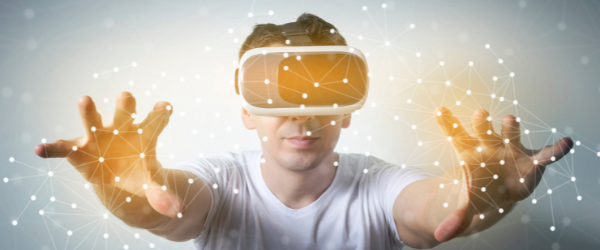
AVATARS AND METAHUMANS
How to move in a virtual world?
An avatar or metahuman moves freely within a three-dimensional space, just like us in our physical universe. The new 3D modeling software is able to accurately reproduce one of our digital twins. Interactive devices then allow you to move within this space.
But is it really us?
The distance between us and our avatar is a space still largely to be explored, which puts us in front of an ethical and moral dilemma before technological. The trend we are taking is the overcoming of the opposition between online or offline, between physical space and digital space.
What will be the effects of this technological revolution on human behavior? Will virtual interactions outweigh physical ones? Will there actually be a new concept of physical reality?
To answer these questions, we just have to wait patiently and hopefully for the future, waiting for these new technologies to be available to all of us.
